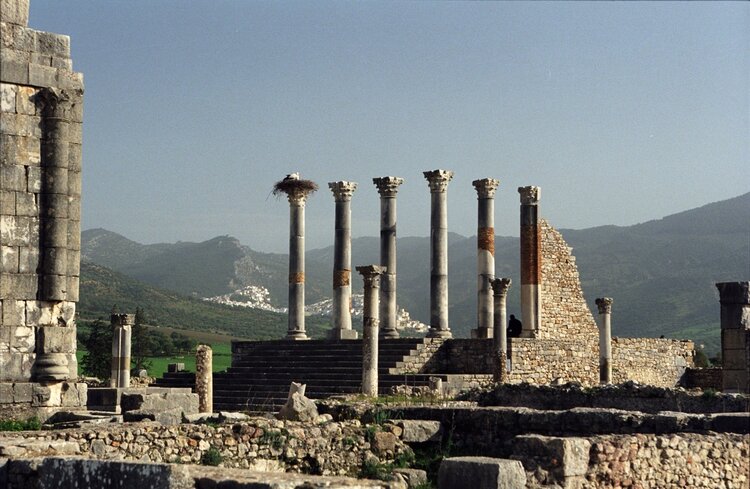Resumen
Azotada por el viento, en medio de un valle olvidado en el norte de África, se encuentra una antigua ciudad que lleva el curioso nombre de Volubilis. Volubilis existe gracias a una historia de amor de la que casi todos hemos escuchado, la de Antonio y Cleopatra. Y en sus ruinas se encontró algo que no debía estar allí: un caracol que parece hecho de mármol.
.jpg)
Citas
¹ Roller, D. W. (2003). The World of Juba II and Kleopatra Selene. Reino Unido: Routledge.
² Hogan, C. M. (2007). Volubilis, The Megalithic Portal. Retrieved from https://www.megalithic.co.uk/article.php?sid=14906
³ Rogerson, B. (2010). Marrakesh, Fez and Rabat. Londres, Inglaterra: Cadogan Guides
⁴ Baker, G. H. (2008). The population dynamics of the mediterranean snails Cernuella virgata, Cochlicella acuta (Hygromiidae) and Theba pisana (Helicidae) in pasture–cereal rotations in South Australia: a 20-year study. Australian Journal of Experimental Agriculture, 48(12), 1514-1522.
##plugins.facebook.comentarios##

Esta obra está bajo una licencia internacional Creative Commons Atribución 4.0.


